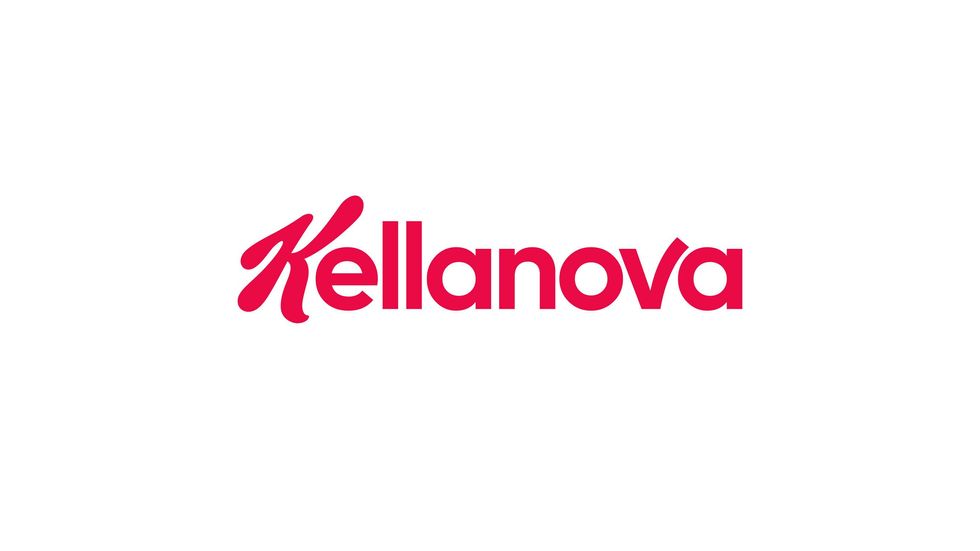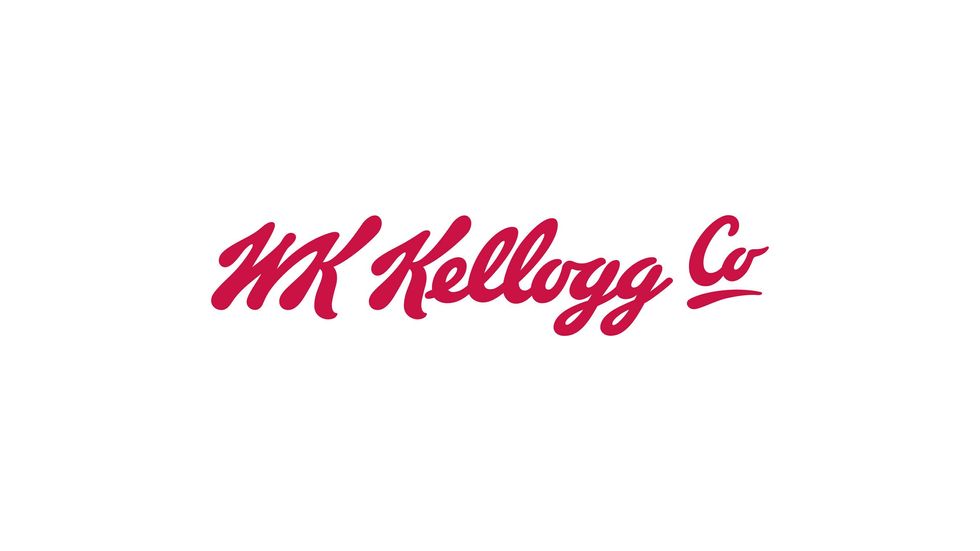Marketing
17 March 2023
Kellogg's takes inspiration from employees, Latin in snacks rebrand
Kellanova is now the parent of Pringles, Cheez-Its and Pop Tarts.

Photo by Jeff Siepman on Unsplash
Kellanova is now the parent of Pringles, Cheez-Its and Pop Tarts.

Kellogg Company's snacks business is now Kellanova. Here are a few finer points about how the forthcoming parent of Cheez-Its and and Pop-Tarts arrived at the new name.
Last year, Kellogg announced plans to split its business into multiple companies.
Now, one company will have North American cereals like Frosted Flakes, Froot Loops and Rice Krispies under the WK Kellogg Co banner.
Another will have snacks like Pringles, North American frozen foods such as Eggo and plant-based brands like MorningStar Farms.
This week, Kellogg announced that the snacks business has a new name: Kellanova.
Here are the strategies that Kellogg employed that led to this name:
As The Wall Street Journal reports, this is just the latest new company name to take a Latin root in recent years, as Kellanova joins GE Vernova, Mondelez and Altria. It's also among a number of spinouts being completed by corporations, joining GSK spinoff Haleon, J&J's Kenvue and a forthcoming company that will spin out of 3M.
Even with a name that emphasizes moving forward, Kellanova is keeping one element that is familiar: The logo still has the iconic cursive K. It will even get the boldly simple stock ticker symbol "K" to go along with it.

Even the WK Kellogg Co is combining the past and future. The company is seeking to position itself as a "117-year-old startup," even as it draws on the name and signature of the Kellogg's founder. There's even a more subtle hint about an unwritten chapter: The "Co" doesn't have a period.

To get to the future, you need to bring along a bit of the past.
New advertising opportunities are being beta tested for in-store audio and product demos.
Retail media’s fast growth isn’t only limited to increasing spend. The advertising itself is also poised to appear in more places beyond ecommerce marketplaces, and even beyond the web.
The latest example comes from Walmart Connect, which is the retail media arm of the world’s largest retailer.
Walmart shared details on testing that it is completing for in-store retail media. To this point, Walmart Connect has been considered the advertising platform for Walmart’s ecommerce site. But these tests indicate that’s poised to expand.
Stores present a potent opportunity for Walmart. It has 4,700 big box locations around the U.S., and customers returned to them in droves last year. In 2022, 88% of the retailer’s customers visited Walmart stores.
Walmart Connect already has already dipped a toe into in-store advertising, with a TV wall, self-checkout ads and integrated marketing. The new pilots aim to take a step further.
“The next frontier of retail media is in-store experiences, and it’s one we’re excited to chart,” Whitney Cooper, head of omnichannel transformation at Walmart Connect, wrote in a blog post on the new tests. “But it’s still an emerging opportunity for us, as we continue to test what serves customers best and which solutions are scalable to Walmart’s size.”
Here’s a look at the two new offerings currently under beta test:
Walmart suppliers will be able to integrate product demos into campaigns across in-store and digital environments.
Product demos aren’t new to store floors, but Walmart Connect is seeking to give them an update that blends digital and physical experiences.
“Part of our test is how to enhance the omnichannel experience by bridging the physical back to digital: For example, by pairing a demo cart with QR codes that link back to a curated Walmart.com landing page so customers can find inspiration and shop their list all in one spot,” Cooper wrote.
Walmart is currently offering 120 demos at stores each weekend, and plans to scale to 1,000 by the end of 2023.
Walmart Connect will now offer advertising placements on Walmart’s in-store radio network. Suppliers will have the option to purchase ads by region or store, enabling targeting of key markets.
“This is the first time brands will be able to speak directly to Walmart customers through this medium,” Cooper writes. “These ads also create a new upper-funnel touchpoint for brand marketers and out-of-home (OOH) buyers to create awareness, because in-store audio is about connecting with customers wherever they are in the store — they don’t have to pass the brand in the aisle.”
With the tests, we’ll be watching for how this advertising is measured, and whether Walmart Connect is tracking impact across different types of formats, and not just a single campaign.